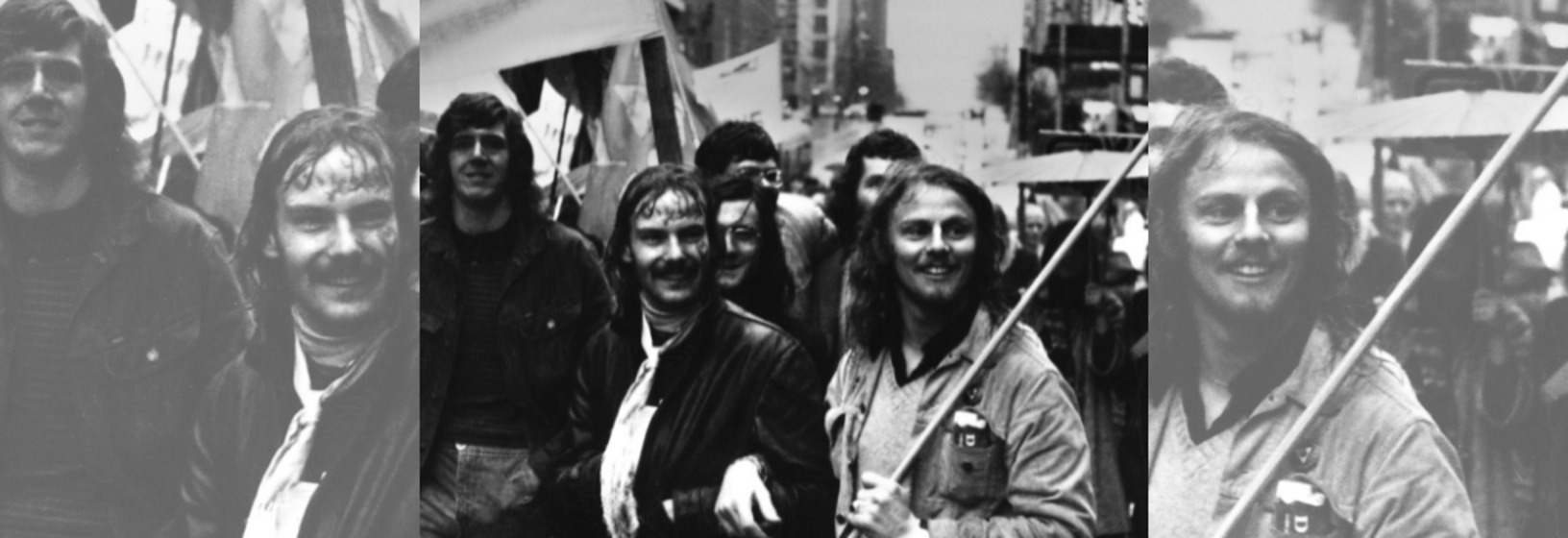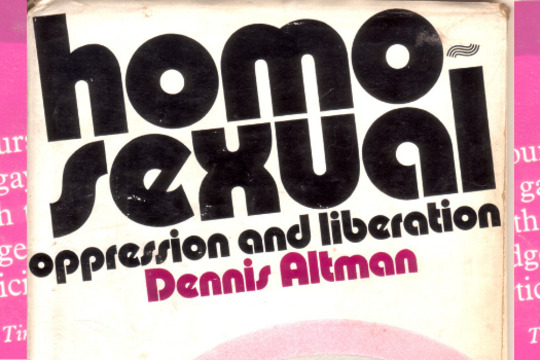Out of the Closets, Into the Streets
This project documents the very beginning of the Gay Liberation Movement in Melbourne.
Through the manifestos, photographs, flyers and recollections of those who were part of the movement, this digital story explores the ways in which gay people found their voice in Melbourne, and refused to pass for straight anymore.
Gay Liberation had both local and imported roots. Internationally the New York City Stonewall riots in 1969 sparked off a new phase of radical gay politics, drawing on the momentum of activist organisations and protests across America throughout the 1960s, but locally few people took immediate notice, though fledgling advancements in homosexual law reform had developed within the civil liberties movement.
In Melbourne, the short-lived Daughters of Bilitis (later Australasian Lesbian Movement) arrived quietly on the scene in January 1970, gaining media coverage but limited influence. The real start to the Australian gay movement occurred in September 1970 with the formation of the Campaign Against Moral Persecution, or CAMP, in Sydney. Within two years there were CAMP branches in most Australian capital cities, with the Melbourne branch established in January 1971, soon renamed Society Five. However, despite the success of these organisations in counselling and socialising and later law reform, the relatively closeted nature of Society Five was never radical enough for some activists.
Gay Liberation arrived in Australia first in Sydney in 1971 and soon after in Melbourne and other states. By 1972 small Gay Liberation groups were springing up around the country. The differences between Gay Liberation and Society Five were in practice small, but those in Gay Liberation prided themselves on their commitment to bringing about radical social change.
Influenced by the counter-cultural movements and radical political movements of the 1970s, the politics of gay liberation became an all-encompassing liberation, an ‘embodied politics’ that saw liberation in all aspects of one’s life, from households to classrooms, sexual relations to workplaces, clothing to protests. Young gay people had found their voice, and group members organised the demonstrations, marches and public events illustrated in this story.
This Digital Story draws on material produced for the Australian Lesbian and Gay Archives (now Australian Queer Archives) exhibition Out of the Closets, Into the Streets: Histories of Melbourne Gay Liberation, curated and written by Nick Henderson, drawing on the original research of Graham Willett. A complementary documentary film, additional interviews, and written curatorial and audio content was produced by documentary film makers Wind & Sky Productions.











